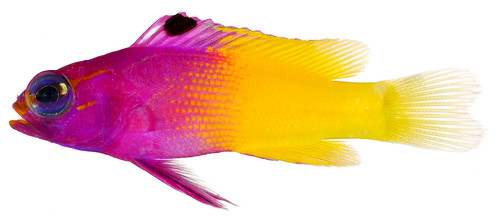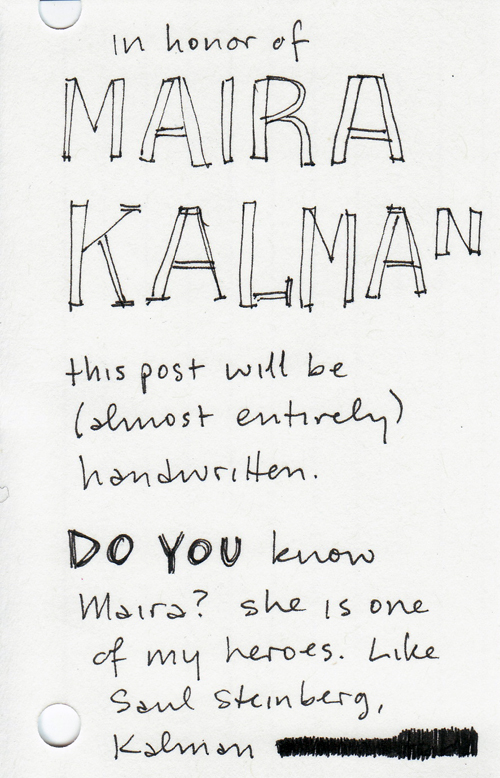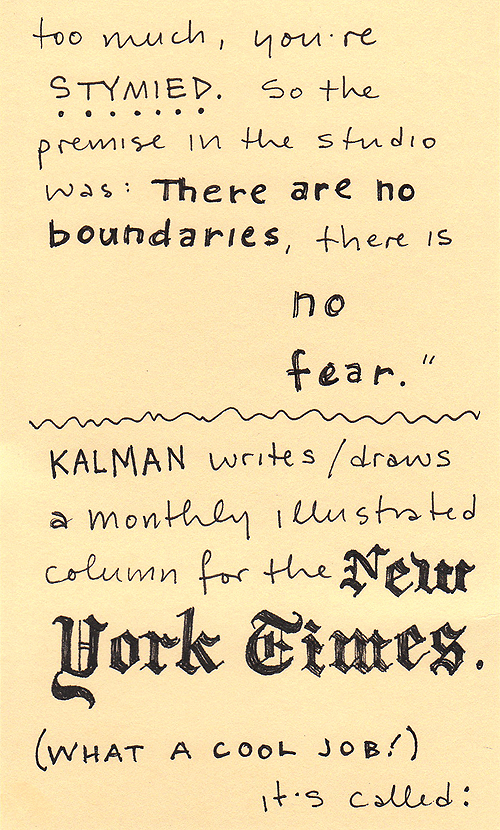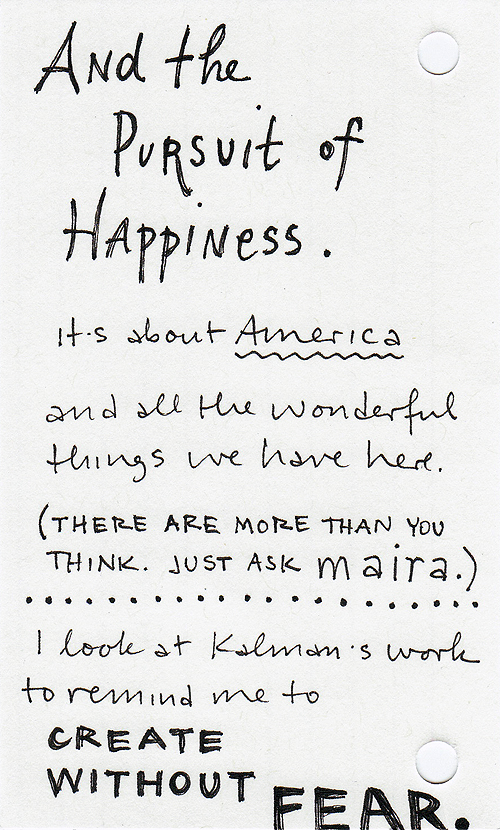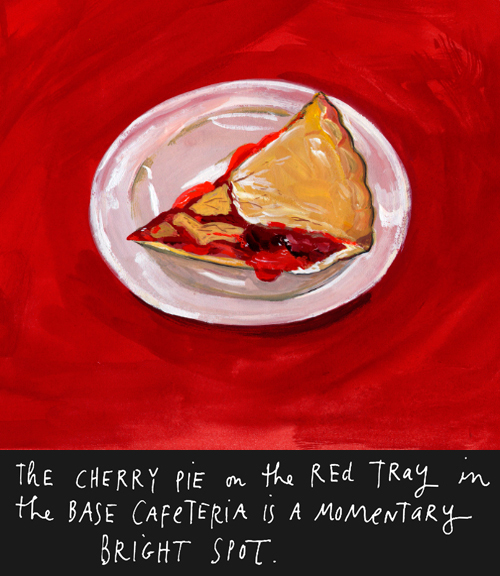
Smorgasbord by Flickr user CharlesFred. Click image to visit on Flickr.
Say it with me, illustrators: "Photo references are good. Use them." Using references is not copying, it is not cheating. Image references are tools. What's an easy way to make sure you're not trodding on another artist's toes? Search within the Creative Commons.
What is Creative Commons? The Creative Commons license is a legal way for creators to easily share their content with the public. It is not a negation of copyright. There are different kinds of licenses depending on the type of content (music, images, literature, software, and so on) and how the creator wishes to share this material. I release my work under a Creative Commons license (there's a link over in the left column of this page) because I believe that information and influence should (and do) flow freely among creators. The license does not prevent me from earning income from my art. I still own what I make. Creative Commons makes it easier for me to share it with others. You can read more about Creative Commons here.
Even with the Creative Commons license, copyright and usage is a slippery slope. When in doubt, contact the creator, ask permission, and give them credit.
The Flickr Creative Commons search is a fantastic tool for finding photo references for drawing, painting, illustration, or the medium of your choice. You need a Flickr account to use it - it's easy to sign up. Click on the word "Search" in the upper right-hand corner, then click on "Advanced Search." Enter your search terms and parameters, then scroll down to the bottom of the search form, where you will find the Creative Commons box. Click "Only search within Creative Commons-licensed content." And go. You can also browse by license.
UPDATE: Here's a tip from optimization expert Tim Ferriss. Do a Creative Commons search on Flickr, then sort the results by "Most Interesting." You'll get the best images first.
The Flickr Commons (sounds the same, but isn't) is another bountiful image resource. Here are some goodies I found there.
My collaborative sketchbook pal Karo recently posted her favorite Flickr groups for gathering collage material. They are Collage Images, Vintage Illustration, and Mid-Century Illustrated. These groups collect and display images that are old enough to be public domain, or with no known copyright restrictions. Some of the images in the Collage pool are contemporary creations whose owners have provided them for use by others. The ownership of certain original ephemera objects (which are scanned and uploaded to Flickr) are sometimes in question, but this community of artists (usually) acts responsibly in investigating and attributing the sources of these images. Here is a discussion thread on that topic.
These are just a few of the tools artists can use to build their photo reference library. (Beware, your collection will grow when you're not looking. Mine takes up a full filing cabinet.)
Related:
Figurative Collage set on Flickr
Great anatomical reference site
Winston Smith, collage artist
Lawrence Lessig, copyright reform guru
